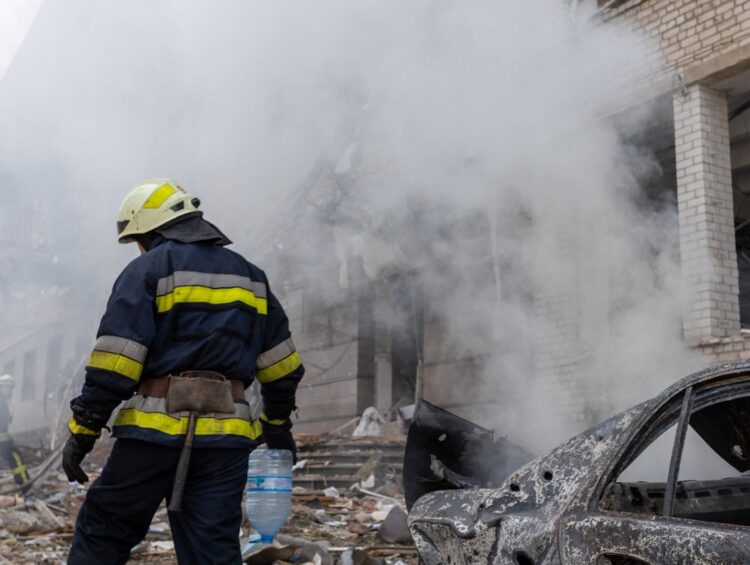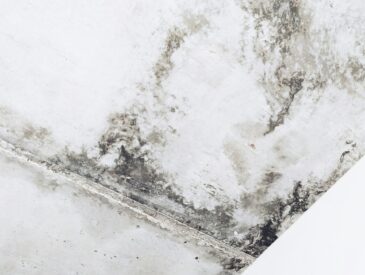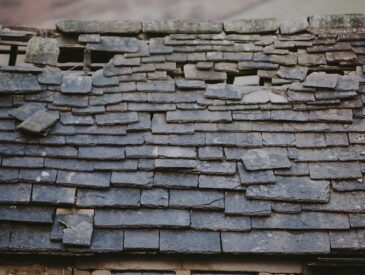Key Takeaways:
- Understand the importance of fire prevention techniques in safeguarding your property.
- Learn immediate steps to take post-fire for safety and mitigation.
- Discover effective fire damage restoration methods and strategies.
- Gain insights into fire safety equipment and their proper usage.
- Explore the role of professional restoration services and when to call them.
Table of Contents:
- Introduction to Fire Damage Prevention
- Immediate Steps to Take After a Fire
- Effective Fire Damage Restoration Methods
- Essential Fire Safety Equipment
- When to Call Professional Restoration Services
Contents
Introduction to Fire Damage Prevention
Fire damage can significantly harm property and lives, so implementing fire prevention techniques to mitigate the risk is crucial. Simple actions such as installing smoke alarms, ensuring up-to-date electrical systems, and maintaining fire extinguishers can substantially prevent fires. Regular checks and maintenance are essential to ensure these preventive measures remain effective.
When discussing fire prevention, one must recognize the importance of knowing who to turn to when remediation is required. Fire damage restoration is crucial in returning your property to its pre-loss condition. Acting quickly and efficiently in the unfortunate event of a fire can save time, money, and emotional stress, making restoration an essential aspect of post-fire recovery planning.
Immediate Steps to Take After a Fire
If a fire occurs, your primary concern should be safety. Immediately evacuate everyone and contact emergency services. Once the fire is extinguished, avoid entering the property until it has been declared safe by professionals. Re-entering too soon can expose you to hidden dangers such as weakened structures, residual heat, or toxic fumes.
Safety First
Your immediate concern post-fire should ensure all individuals are safe and accounted for. It’s essential to have a designated meeting point for family members or residents to gather once they have evacuated. Communicate with emergency responders to understand when it is safe to return to the property and what immediate actions must be taken.
Documentation and Mitigation
After ensuring safety, document the damage with photos and written records for your insurance company. This documentation is crucial for filing an accurate insurance claim and obtaining the compensation needed for repairs. Immediately initiating mitigation efforts, such as covering damaged roofs or windows to prevent further exposure to the elements, can prevent additional loss. These initial steps are vital to kickstart the restoration process effectively.
Effective Fire Damage Restoration Methods
Once safety has been established, the next step is to restore your property methodically. Cleaning soot and smoke damage from walls, furniture, and personal items requires specialized equipment and cleaning agents to achieve effective results. Understanding how to remove soot stains and neutralize odors expedites restoration, helping reclaim a sense of normalcy faster.
Soot and Smoke Removal
Soot and smoke can penetrate many areas of your home, causing persistent stains and odors. After the fire was extinguished, the next crucial step was to hire a professional team for smoke damage remediation to restore the home and eliminate any lingering odors.
Professional-grade cleaning techniques and materials, such as HEPA vacuums and smoke sponges, are often necessary to remove these contaminants efficiently. Avoid DIY methods that can further embed soot into surfaces, making professional intervention essential for a thorough cleanup.
Odor Neutralization
Beyond visible damage, smoke can leave persistent odors that make the living environment unpleasant. Industrial-grade air scrubbers, deodorizing agents, and techniques like thermal fogging can help eliminate these odors. Restoring air quality is critical, as lingering smoke odors can affect the health and well-being of the inhabitants.
Essential Fire Safety Equipment
Equipping your home or business with essential fire safety equipment improves your chances of fire prevention. Ensure you have working smoke detectors, fire extinguishers, and a well-developed evacuation plan. Regularly inspect and maintain these tools to ensure they function correctly when needed. This proactive approach can significantly reduce the risk and impact of fires.
Smoke Detectors
Smoke detectors are the first line of defense in fire safety. They are installed in every room, and their batteries are regularly checked to ensure they are operational. Modern carbon monoxide detection options and smart device connectivity can offer enhanced safety features.
Fire Extinguishers
Having readily accessible, operational fire extinguishers can help control small fires before they escalate. Ensure you have the appropriate type of extinguisher for the potential fire risks in different areas of your home. Familiarize yourself and your family with their proper use, and conduct regular checks to confirm they are in working order.
Evacuation Plan
A well-developed evacuation plan ensures every household member knows how to escape safely in an emergency. Conduct regular drills to reinforce this knowledge and update the plan as needed, especially when significant changes are made to the home’s layout or occupants. Simple steps like understanding multiple exit routes and having a designated meeting spot can make a substantial difference in an emergency.
When to Call Professional Restoration Services
While some fire damage restoration tasks can be handled independently, severe cases require professional intervention. Restoration experts possess the expertise, tools, and resources to efficiently clean and repair fire-damaged properties. If you are overwhelmed or dealing with significant damage, it’s wise to seek professional help to ensure a thorough and safe restoration process.
Benefits of Professional Services
Professional restoration services offer a comprehensive approach to dealing with fire damage. These specialists can navigate the complexities of insurance claims, ensuring you receive fair compensation for your losses. Moreover, they can provide thorough cleaning and repairs with specialized equipment, such as dry ice blasting for soot removal and ozone generators for odor elimination. Their expertise minimizes the risk of overlooking hidden damages, which could lead to more significant problems later on.
When to Call Professionals
Calling experts is essential if the fire is extensive or involves structural damage, chemical contamination, or significant water damage from firefighting efforts. These professionals can access advanced tools and techniques to tackle complex restoration challenges effectively. They can also provide valuable advice on further preventive measures to mitigate future risks, ensuring your property is restored safely and thoroughly.





